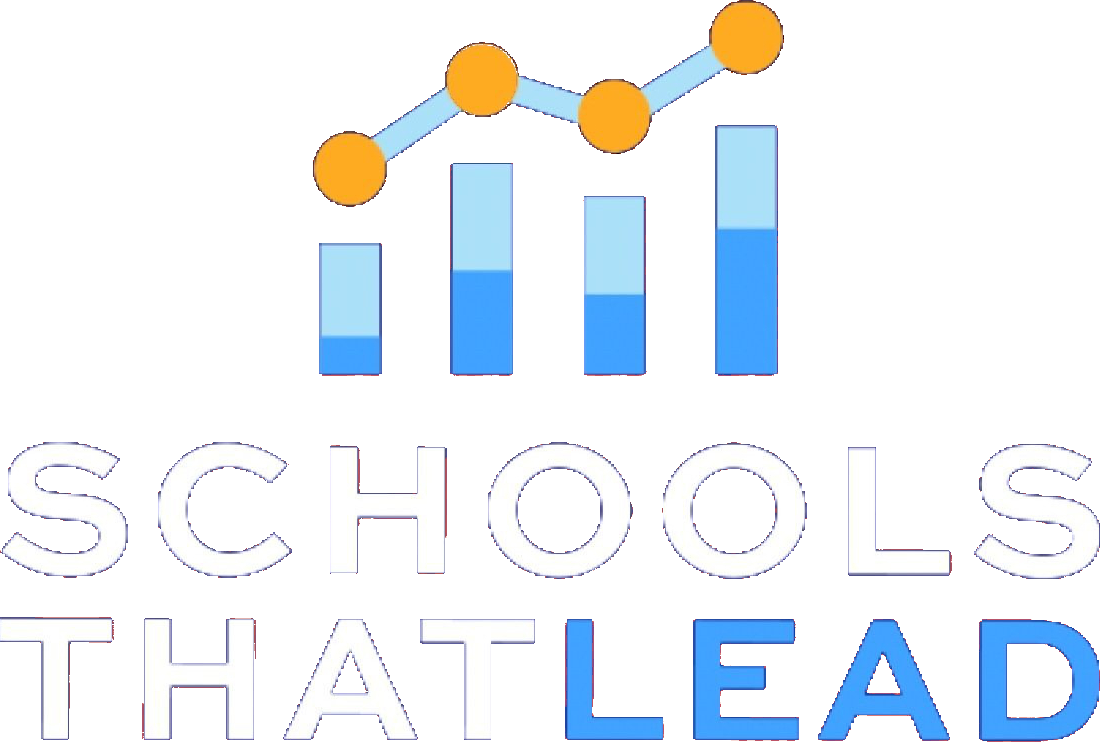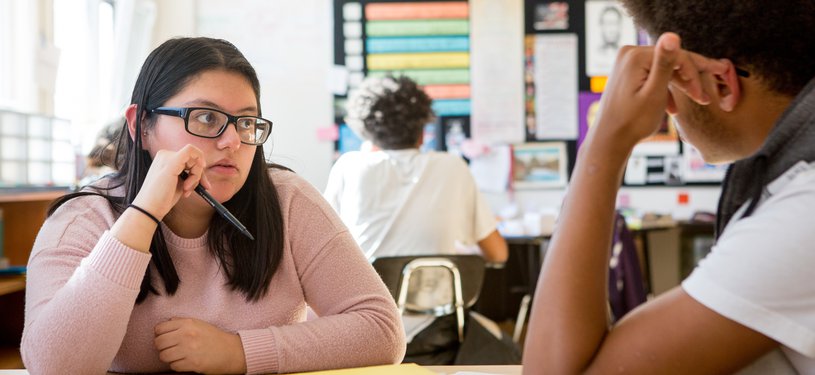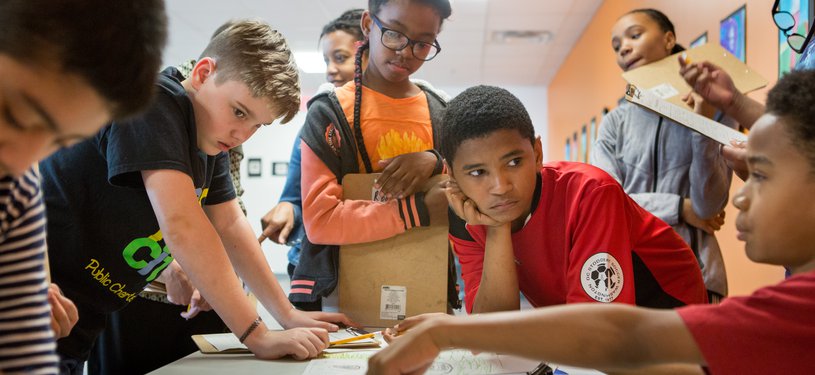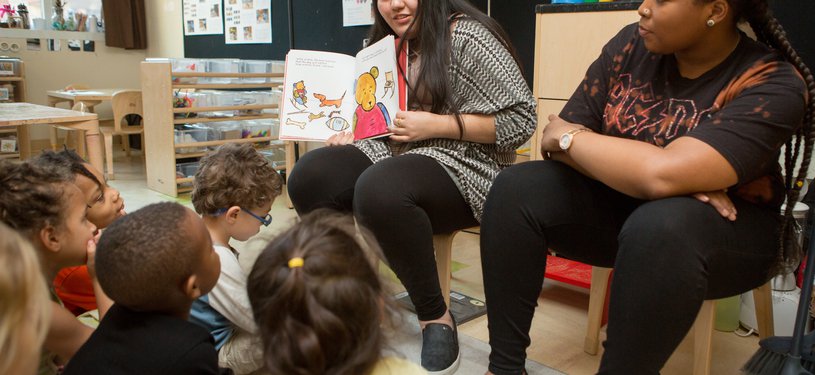
Emerging Idea: Lunch Bunch for Academics (Instructional Staff)
Authors:We welcome you to proceed with using this idea. However, this idea has shown promise but needs additional testing before it can be considered a research-based change idea.
Do you want to be a part of a movement to improve outcomes for students anywhere by testing this idea and contributing to the field? Are you willing to test this idea and collect data? We are here for you.
Email thailey@schoolsthatlead.org for a simple data collection tool. Once you have successfully completed testing and submitted your data, you will have the opportunity to receive a token of appreciation from us here at Schools That Lead (Some restrictions apply).
This is a chance to improve outcomes for your students and to accelerate improvement overall!
I am concerned about a small group of six first graders who are below grade level in ELA. I believe that these students get frustrated trying to read for lack of fluency and are not interested in reading because it is difficult for them.
My idea is building a better relationship with those students by eating lunch with them one day a week. I will work with those students on reading fluency drills in a small group 3 times a week and one-on-one 1 time a week. I will target phonics skills and word reading fluency.
I progress monitored Oral Reading Fluency (ORF) growth weekly. ORF assessments measure reading rate and accuracy and are expressed in terms of the number of words read correctly per minute. After three weeks I reached out to parents /grandparents through classDojo to build a positive relationship about progress or lack of progress they are seeing with students at home. I predicted that students will feel more connected to me, classmates, and my school. Students will gain confidence reading due to the increase in fluency and have more interest in reading.
The Process
- I told students that I wanted to spend some extra time getting to know them better during our lunch dates. I explained that I spent time getting to know all students throughout the day and I wanted to spend time with their group at lunch. Students sometimes talked about school and things we did at school and sometimes students shared things they did at home. This helped me use examples when teaching students that they were interested in and could relate to.
- During my class reading intervention time with this group I taught a mini lesson on the skill/skills this group struggled with. Then students whisper read their decodable text unless I tapped their shoulder to read aloud to me. All students read every page to build fluency and I listened to each child read a couple of pages to know what skills each child had mastered and what skills each child struggled with. I kept a notebook on words/sounds each student missed. If multiple students missed the same sounds/words then those sounds/words would become the mini lesson for the group. If only one student missed a skill I would keep that student for a few extra minutes to work on the skill missed. I progress monitored each student in this group weekly. The rest of my class rotated through literacy stations, and read with my instructional assistant while I worked with this group of students.
-
Impact
Impact
All six of my students made growth. Students A - E had an average increase of 37 words correct per minute (ORF). Students C-E attended all six sessions and had an average increase of 45 words correct per minute (ORF). Student F joined the second round of lunch because they missed the oral reading fluency benchmark by one word.
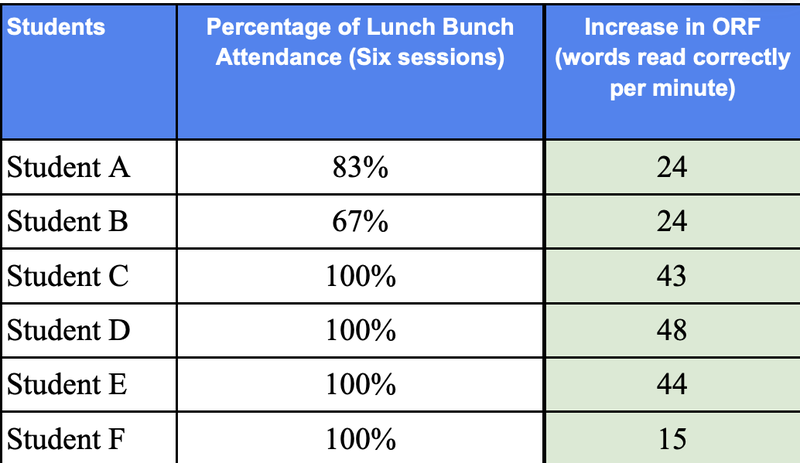
While more fluent than the others, they still lacked confidence when working with higher reading groups. I felt they would feel like the leader of this group and gain the confidence needed to meet his ORF benchmark score. Student F grew less words than the others but actually exceeded the benchmark on MClass. I knew this student was more fluent but I added them to the group mainly to build their confidence.
.
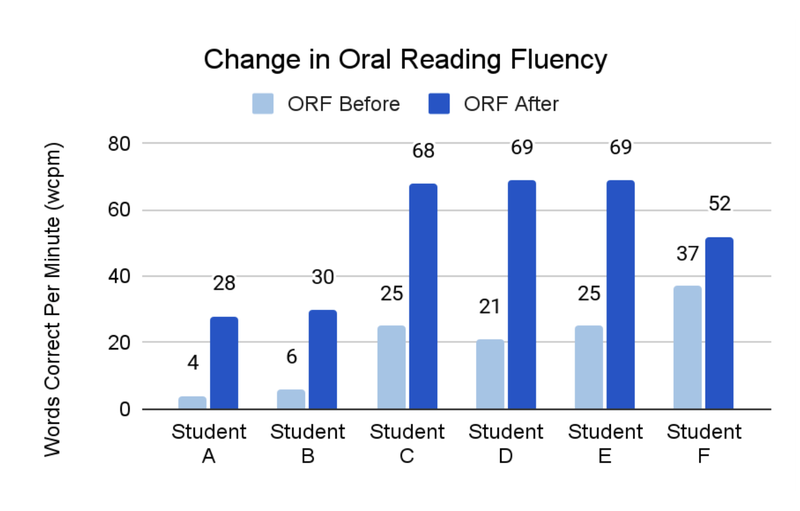
-
Practical Keys to Success
- Consistently make time for the intervention group. Consistency is the key!
- Make some type of positive connection with each student. If students feel the connection they will try their best to meet your expectations.
- Don’t get discouraged when fluency scores fluctuate. Be persistent.
- Do your intervention strategy even if one or more students in that group is absent.Teach the students that are present.
- Look at your data weekly and adjust your intervention lessons accordingly.
- Celebrate even the smallest success.
-
Measurement
Process Measure: measure the number of times each students attend the sessions.
Outcome Measure: measure the change in the course performance metric.
Use the data collection tool Lunch Bunch for Skill Development
